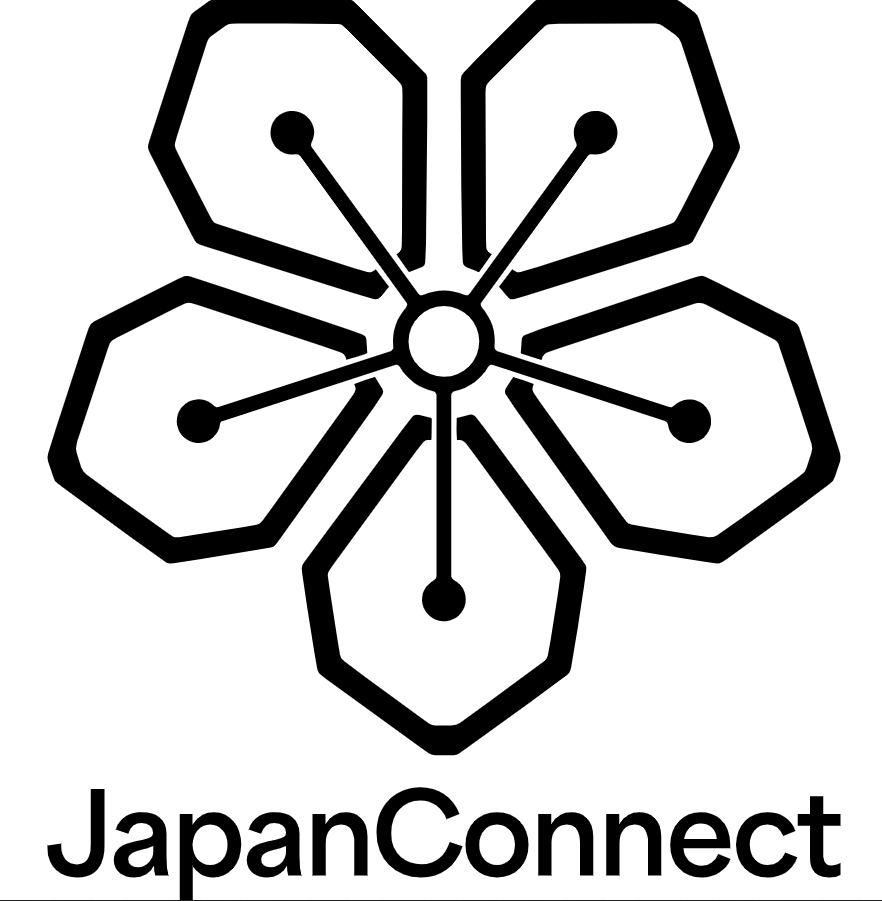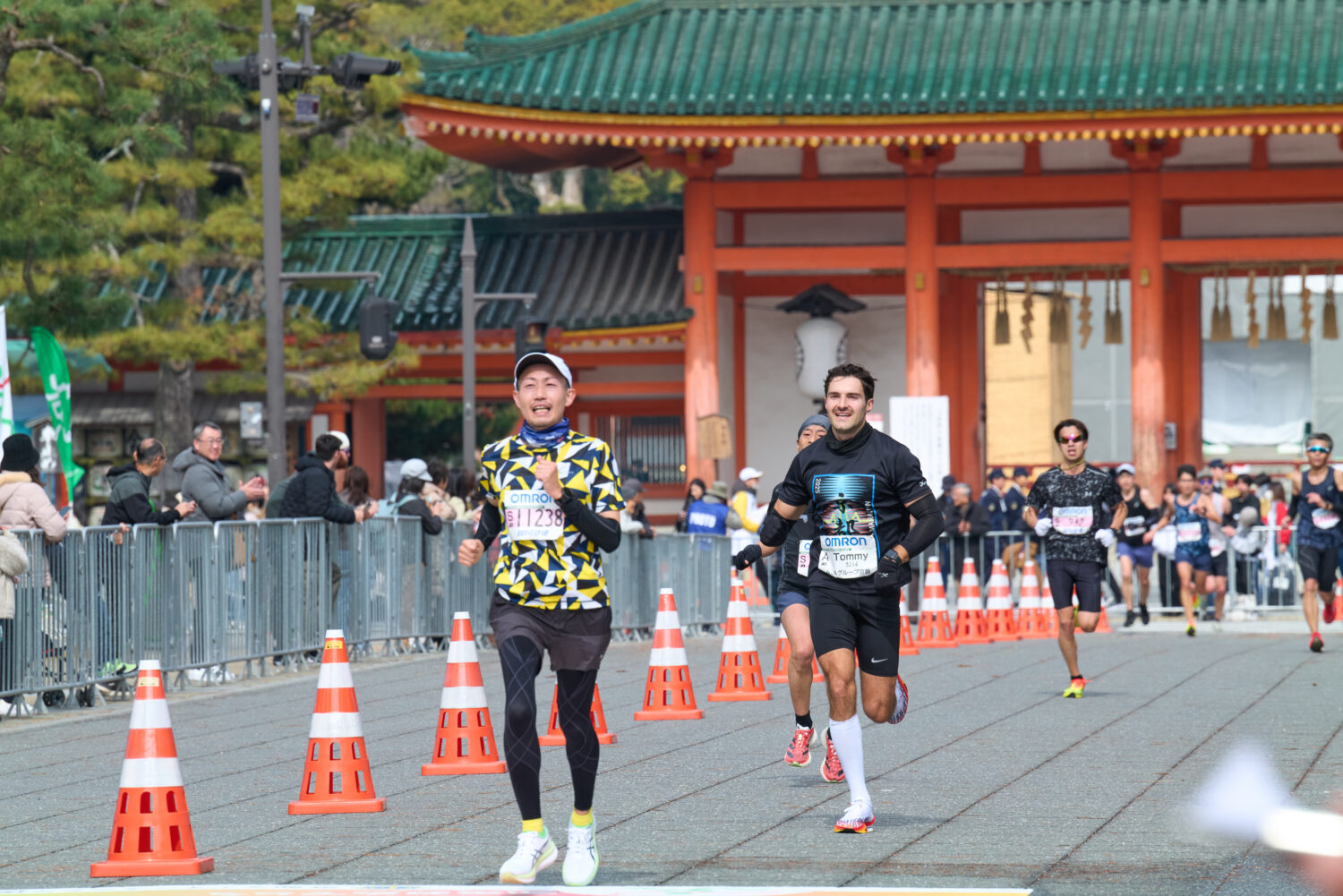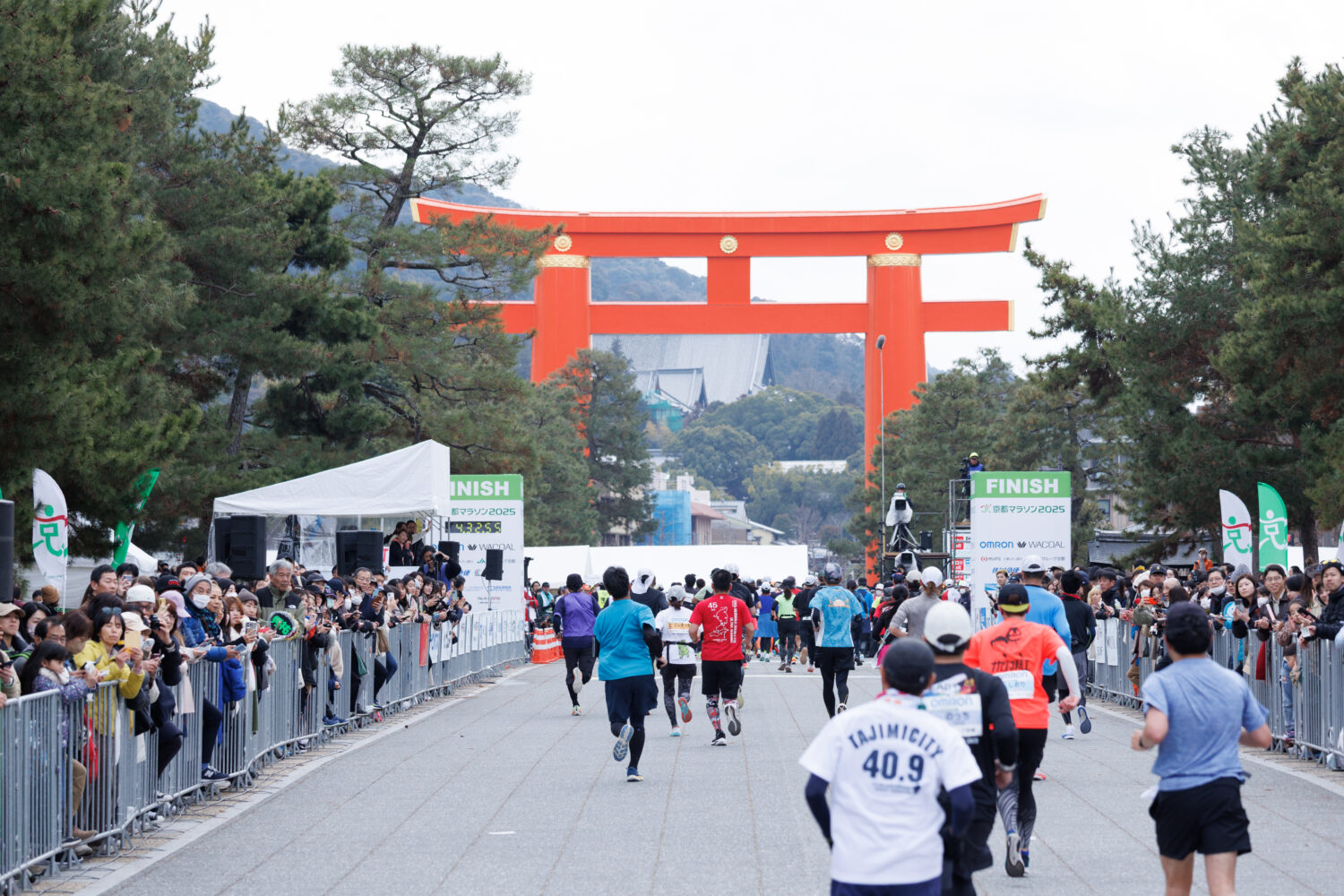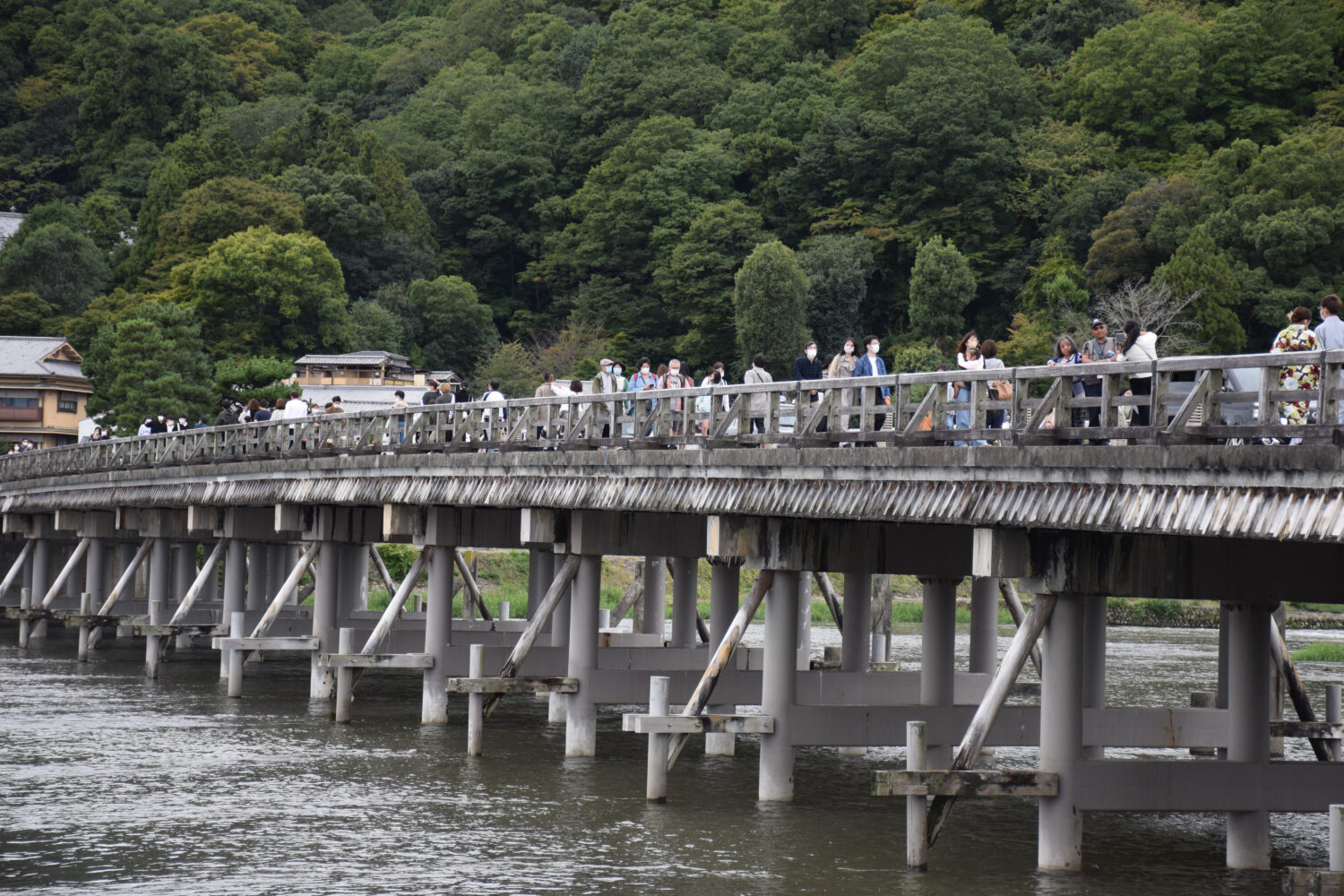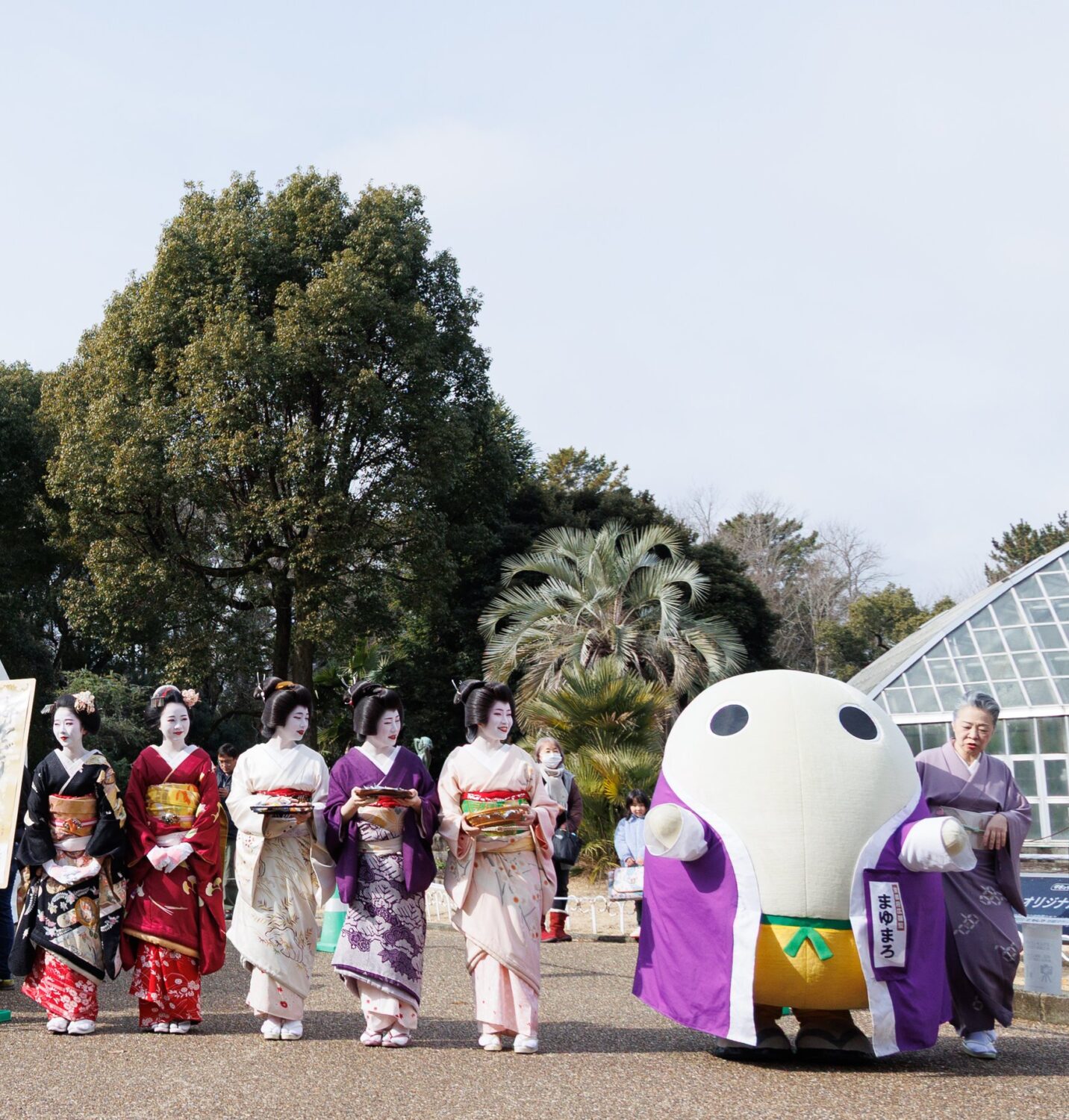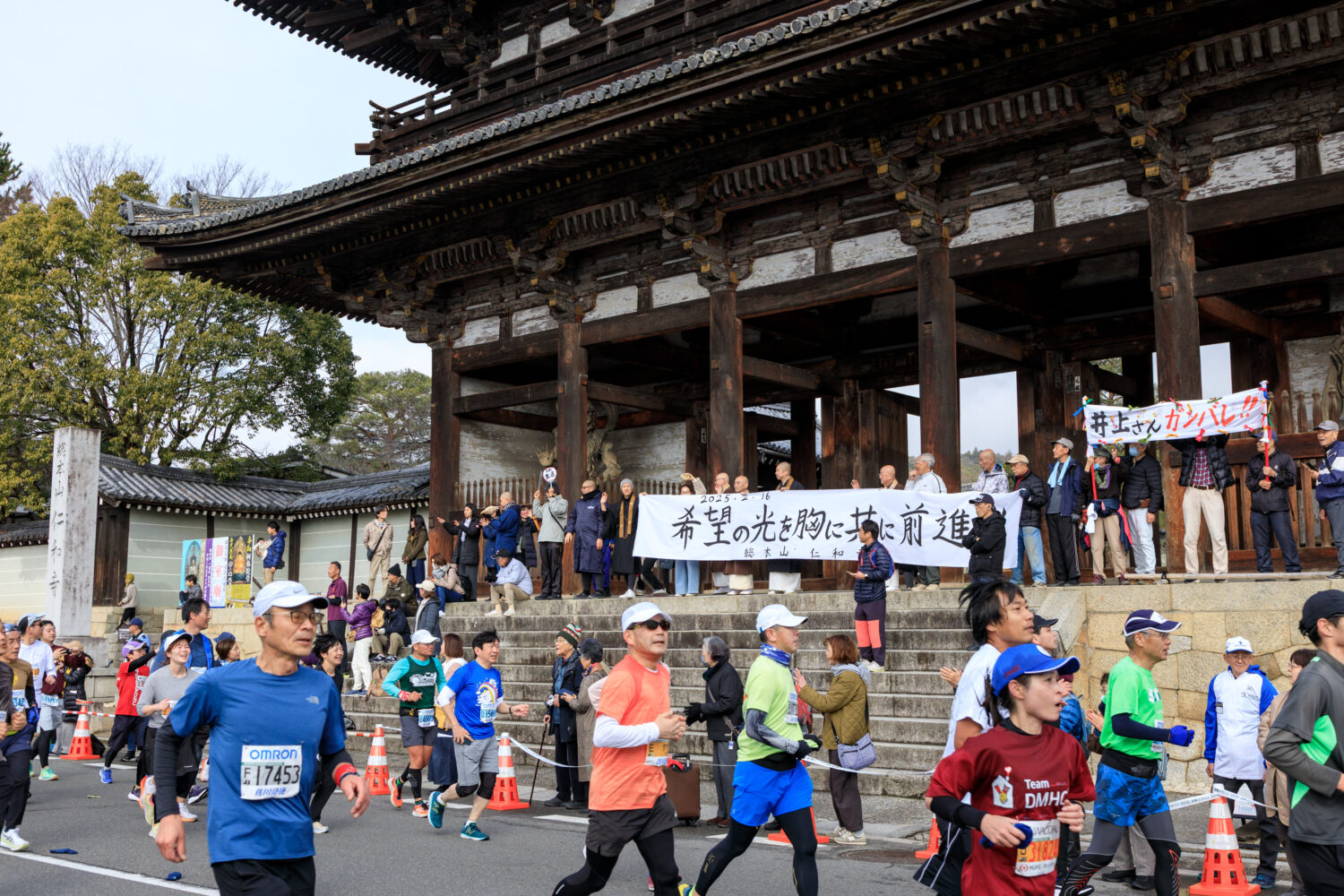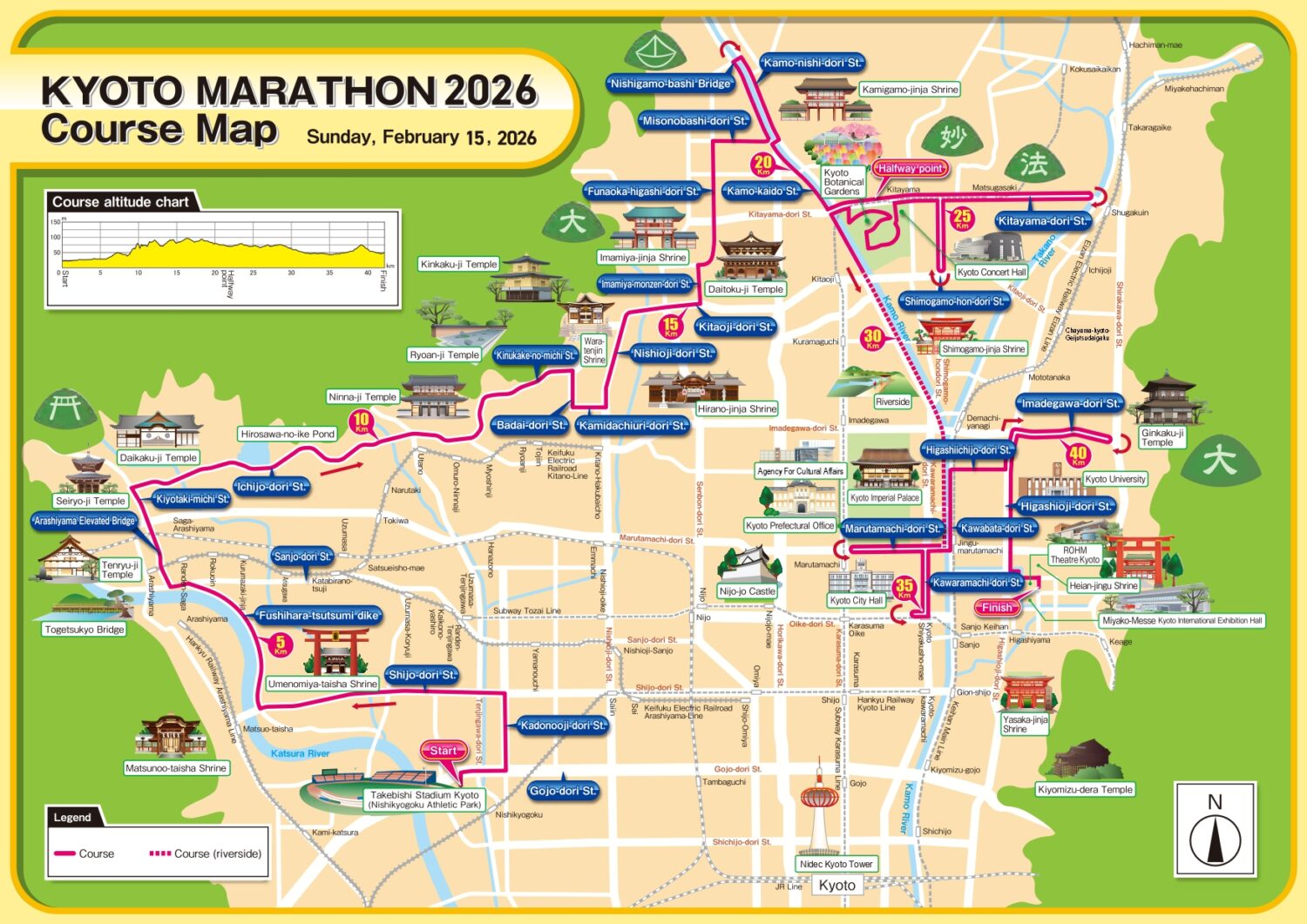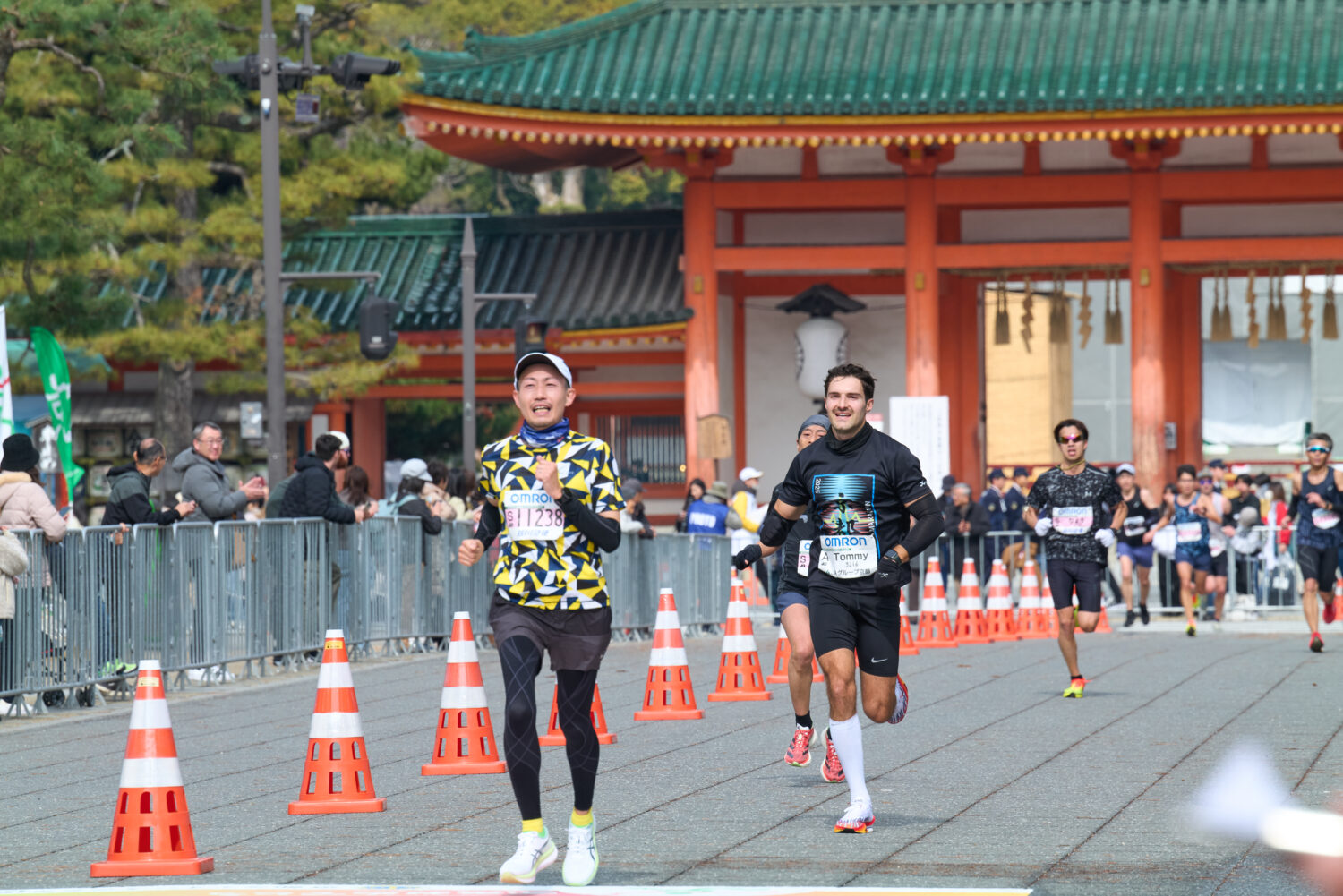The 2025 Kyoto Marathon was a roaring success, with over 16,000 runners zipping by the city’s historic monuments, including nearly 2,000 international participants. Due to interest, for the 2026 event the slots for runners from overseas will be doubled to 4,000, allowing even more fleet-footed visitors to experience this truly one-of-a-kind course.
For participants, the Kyoto Marathon is not just a race, but part of a journey that allows them to experience the culture, history and nature of Japan’s ancient capital, while also engaging with sustainable values.
As befits the birthplace of the Kyoto Protocol, an international agreement adopted in 1997 aiming to reduce greenhouse gas emissions, the organizers of the marathon are making every effort to reduce the environmental impact so that the event will be "worthy of Kyoto, an environmentally advanced city."
A Sustainable Yet Seamless Experience
The 2026 Kyoto Marathon will start a little outside the city center at the Takebishi Stadium Kyoto within Nishikyogoku General Athletic Park. Runners from all over Japan and the world will gather here to begin the full marathon course that will cross Kyoto City from west to east.
This is also where participants can experience the first of the sustainable practices in action. To keep warm in the chilly winter air, runners will be encouraged to wear old warmup gear and other clothes they no longer wish to keep. Once the race starts they can then remove those layers, and staff will then collect the discarded clothing, which will then be reused and recycled. Thus, right from the starting line, runners will be able to experience Japanese hospitality and sustainability efforts, by not having to worry about getting cold or finding a way to stash or retrieve clothes after the race.
The organizers are taking other measures to reduce CO2 emissions and promote resource circulation as well, such as the introduction of reusable cups and bottles for water, carbon offsetting, and the collection and reuse of volunteer wear. This even extends to the winner's medals, which are made using 100% gold extracted from small household appliances collected in Kyoto City.
A Course to Remember
Once runners leave the stadium, the first highlight of the course is the Arashiyama area and the iconic Togetsukyo Bridge. Runners can enjoy the views of the magnificent, lush mountains and the long traditional wooden bridge that stretches out below.
Next up is the Hirosawa Pond, a beautiful natural setting which has been the subject of many ancient poems, with the mountains reflecting on the water and surrounded by countryside scenery. The first World Heritage Site along the course is Ninnaji Temple, where the monks will be cheering on athletes from in front of the huge Niomon Gate. Many other World Heritage Sites are also scattered around the course, such as Ryoanji Temple, known worldwide for its serene rock gardens, and both the shrines of Kamigamo and Shimogamo, the two oldest shrines in Kyoto. Runners will also get to pass through the Kyoto Botanical Gardens, a truly rare opportunity!
The Kyoto Marathon is also probably the only race in the world “geiko (geisha active in Kyoto) and maiko" and many runners who took part in 2025 said that getting cheered on by these living icons of Kyoto’s culture was a major highlight of their experience. Geiko may be encouraging the runners in 2026 as well!
As the race approaches the final stretch, runners will get to pick up speed along the Kamo River, as locals along the road call out encouragement as they make their final push. This event is a “citizens' marathon,” so great importance is placed on coexisting harmoniously with the local community. Participants can expect to see local residents cheering them along the route and collaborations from local shopping districts. This warm welcome and enthusiastic support from the roadside is one of the attractions of the Kyoto Marathon, and is often mentioned by participants.
The race finishes in front of the magnificent Heian Shrine, where the soaring vermilion torii gate and the Otenmon Gate at the entrance welcome runners as they complete their long journey of 42.195 km.
At the event venue set up near the finish line, there will be food stalls and massage stations where runners can refuel and soothe their tired muscles.
Hospitality For Runners
Special plans will be set up by Kyoto Marathon officials to ensure accommodation, including plans for stays in nearby cities with good access like Osaka and Otsu. In addition, the 2026 race will have a luxurious option called the "Hospitality Plan," which includes a course preview with commentary and a post-race dinner with a performance by geiko and maiko. Please check the website and emails post-registration for details.
For refueling during the race, in addition to common amenities such water and sports drinks, runners will also be offered treats such as Kyoto confections and fruit from local produce shops. A strong medical relief system will be established with doctors, nurses, and paramedics on hand, and first aid stations will offer multilingual support.
How To Sign Up and Extra Info
The 2026 Kyoto Marathon will be held on February 15, 2026. Applications began on July 17 2025, and the deadline for applications is September 22, 2025 (JST). Apply from the Entry page on the Kyoto Marathon official website, and be sure to check out this video as well to get a feel for the atmosphere!
The application page and site are multilingual, and everything from the application guidelines and course introduction to the application process is available in English. There are 4,000 slots available for runners from overseas, but these are likely to fill up quickly, so apply early.
By Chiara Terzuolo, Journalist
